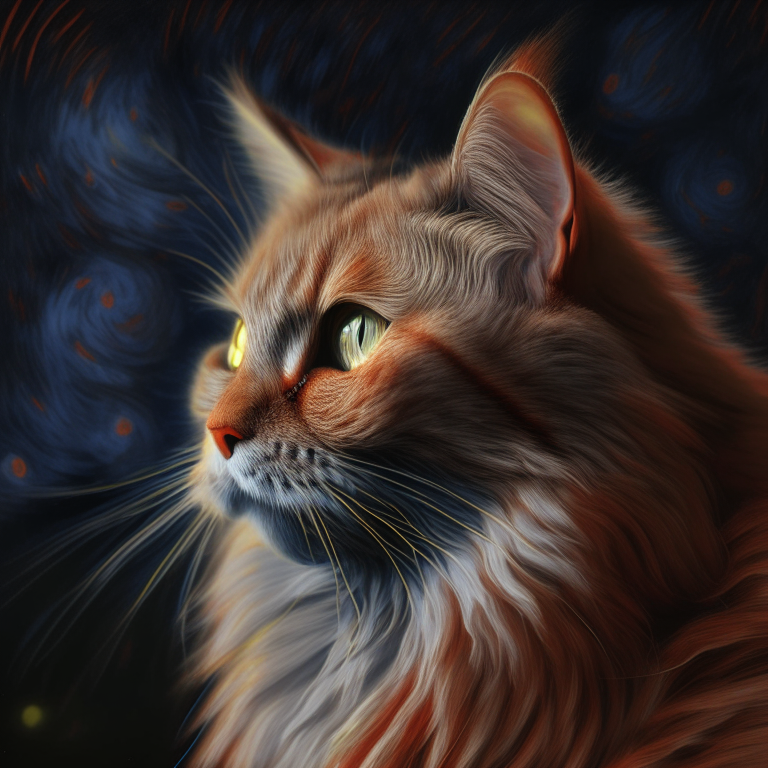About
Kandinsky 2.2 image mixing diffusion model.
Kandinsky 2.2 image mixing (interpolation) is a text-conditional diffusion model based on unCLIP and latent diffusion, composed of a transformer-based image prior model, a unet diffusion model, and a decoder.
Note: This algorithm requires 10GB GPU RAM

🚀 Use with Ikomia API
1. Install Ikomia API
We strongly recommend using a virtual environment. If you're not sure where to start, we offer a tutorial here.
2. Create your workflow
☀️ Use with Ikomia Studio
Ikomia Studio offers a friendly UI with the same features as the API.
-
If you haven't started using Ikomia Studio yet, download and install it from this page.
-
For additional guidance on getting started with Ikomia Studio, check out this blog post.
📝 Set algorithm parameters
- prompt (str) - default 'a cat' : Text prompt to guide the image generation .
- negative_prompt (str, optional) - default '': The prompt not to guide the image generation. Ignored when not using guidance (i.e., ignored if
guidance_scaleis less than1). - prior_num_inference_steps (int) - default '25': Number of denoising steps of the prior model (CLIP).
- prior_guidance_scale (float) - default '4.0': Higher guidance scale encourages to generate images that are closely linked to the text prompt, usually at the expense of lower image quality. (minimum: 1; maximum: 20).
- num_inference_steps (int) - default '100': The number of denoising steps. More denoising steps usually lead to a higher quality image at the expense of slower inference.
- guidance_scale (float) - default '1.0': Higher guidance scale encourages to generate images that are closely linked to the text prompt, usually at the expense of lower image quality. (minimum: 1; maximum: 20).
- weights (list) - default '[0.3, 0.3, 0.4]': list of weights for each condition in images_and_prompts [prompt, image 1, image 2]
- height (int) - default '768: The height in pixels of the generated image.
- width (int) - default '768: The width in pixels of the generated image.
- seed (int) - default '-1': Seed value. '-1' generates a random number between 0 and 191965535.
note:"prior model" interprets and encodes the input text to understand the desired image content, while the "decoder model" translates this encoded information into the actual visual representation, effectively generating the image based on the text description.
🔍 Explore algorithm outputs
Every algorithm produces specific outputs, yet they can be explored them the same way using the Ikomia API. For a more in-depth understanding of managing algorithm outputs, please refer to the documentation.
Developer
Ikomia
License
Apache License 2.0
A permissive license whose main conditions require preservation of copyright and license notices. Contributors provide an express grant of patent rights. Licensed works, modifications, and larger works may be distributed under different terms and without source code.
| Permissions | Conditions | Limitations |
|---|---|---|
Commercial use | License and copyright notice | Trademark use |
Modification | State changes | Liability |
Distribution | Warranty | |
Patent use | ||
Private use |
This is not legal advice: this description is for informational purposes only and does not constitute the license itself. Provided by choosealicense.com.